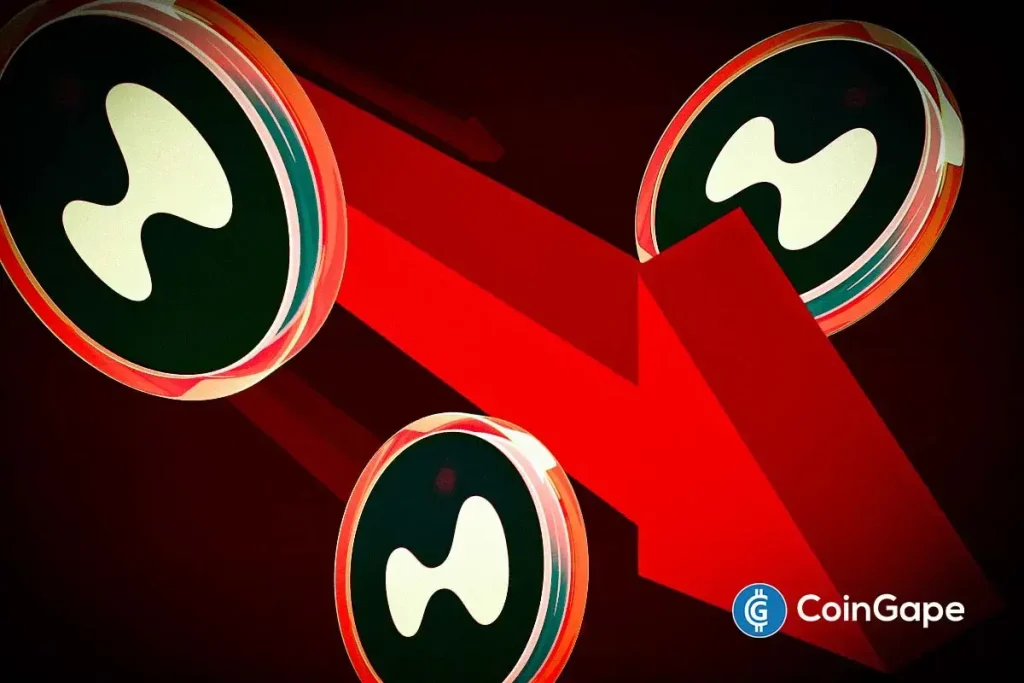Hyperliquid Faces Challenges Amid Market Turmoil: A Comprehensive Overview
In recent weeks, Hyperliquid, a decentralized cryptocurrency platform, has found itself in dire straits as its HYPE token price plummets amidst a backdrop of market turbulence. Once a darling among crypto enthusiasts, the platform now grapples with security issues and controversies that have tarnished its reputation. This article reviews the recent incidents surrounding Hyperliquid, especially focusing on the Jelly incident, community criticism, risk management updates, and the potential implications for the platform’s future.
The Jelly Incident: A Major Turn of Events
Hyperliquid’s troubles began with a string of incidents that raised alarms over the platform’s security. A key event was the so-called "Jelly incident," where a Bitcoin whale exploited Hyperliquid’s liquidation system. This whale reportedly shifted a substantial loss of $4 million by withdrawing collateral mid-trade. Soon after, similar cases emerged, further amplifying concerns about the platform’s robustness. The most shocking revelation was the manipulation of the JELLY token’s price, which surged by 400% due to coordinated trading activities across three accounts controlled by the same trader. This led to significant liquidations that passed losses onto Hyperliquid’s liquidity pool, directly impacting users who’d engaged in the manipulated trading. The decision to delist JELLY in response to this manipulation was met with mixed feelings from the community, raising questions about transparency and fairness.
Community Backlash and Criticism
As the Jelly incident unfurled, the broader crypto community took notice, expressing profound dissatisfaction with Hyperliquid’s handling of the matter. Leading voices within the crypto space vocalized their discontent, with some likening Hyperliquid’s situation to that of FTX, a centralized exchange that faced scrutiny for a lack of professionalism. Investors were particularly angered by the compensation structure put in place for those affected by the JELLY incident, which was viewed as biased towards certain accounts while marginalizing others. This led to accusations of favoritism, further damaging Hyperliquid’s standing in the community. The fallout from these criticisms has been reflected in Hyperliquid’s market performance, as the price of its HYPE token suffered recessionary pressure, falling significantly within a short timeframe.
Strategic Updates in Risk Management Policy
In an attempt to rebuild trust and fortify its platform, Hyperliquid unveiled strategic updates to its risk management policy. This included the introduction of a tighter cap for the liquidator vault, limiting its holdings to a smaller percentage of the total HLP account value, thereby aiming to minimize future risks. Furthermore, the frequency of account rebalancing was reduced, and a more sophisticated liquidation process was promised to shield users from abrupt market shifts. One of the notable changes includes the adjustment of auto-deleveraging (ADL) conditions, affecting how liquidation events are managed. Importantly, the policy also allows for validators to vote out poorly performing digital assets, representing a paradigm shift towards more decentralized governance in asset management on the platform.
The Current State of Hyperliquid
Despite implementing new measures, the bearish sentiment surrounding Hyperliquid continues to dominate the market narrative. Experts suggest that while the updates to the risk management policies could foster a more stable environment moving forward, significant skepticism remains regarding the efficacy of these measures. The HYPE token price has experienced volatility, and as of the last report, it was trading around $12.92, significantly down from its all-time high of $35.02. This current valuation reflects a broader trend of insecurity among investors, who are understandably wary of further upheaval in the wake of recent events.
Future Implications for Hyperliquid’s Market Prospects
Looking ahead, the future of Hyperliquid remains uncertain. The ongoing criticisms and dissatisfaction from the community pose a risk to its reputation as a decentralized exchange. The recent incidents have exposed vulnerabilities not just within Hyperliquid, but also within decentralized finance (DeFi) trading models as a whole. While some experts believe that by bolstering its risk management strategies, Hyperliquid may regain lost confidence and stabilize its pricing, the path to recovery will be arduous. For now, the bearish trend seems entrenched, and it is likely to persist unless the platform can decisively address the critical concerns raised by its user base.
Conclusion: Navigating the Rough Waters Ahead
The saga surrounding Hyperliquid is indicative of the broader challenges faced by decentralized platforms in maintaining security and transparency. Incidents like the Jelly incident highlight systemic vulnerabilities that can lead to substantial losses for investors. As Hyperliquid strives to mitigate these risks and restore its standing in the crypto community, it must navigate a landscape fraught with skepticism and negativity. Through rigorous implementation of new policies and a commitment to community engagement, Hyperliquid may eventually emerge from this turmoil, but only time will tell if it can overcome the significant challenges it now faces in the crypto market.
FAQs
Q1: What triggered the Hyperliquid price crash?
A1: The crash was instigated by whale exploits that raised serious security concerns about the platform’s integrity.
Q2: What changes have been made to Hyperliquid’s risk management policy?
A2: Major updates include a tighter cap on the liquidator vault, decreased rebalancing frequency, updated open interest policies, and provisions for validators to remove poorly performing digital assets.
Q3: What is the outlook for Hyperliquid’s price trend moving forward?
A3: While the bearish trend persists, the implementation of new risk management policies may eventually shift investor sentiment positively in the future.
In conclusion, Hyperliquid’s ability to rebuild trust among its users will be crucial. Continuing to enhance security and transparency will be paramount as the platform attempts to stabilize its operations amid a challenging market environment.


